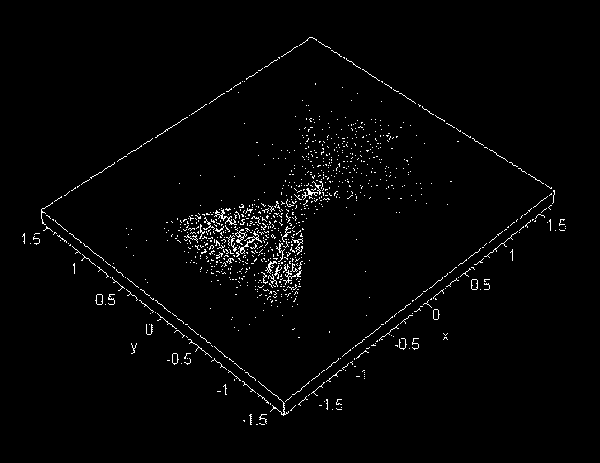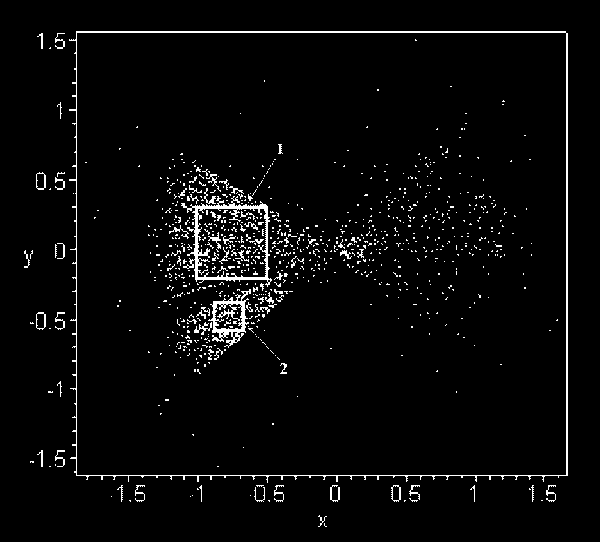5. ESTIMATION OF GLOBAL HOMOGENEITY OF QUASARS ALLOCATION

|
|
5. ESTIMATION OF GLOBAL HOMOGENEITY OF QUASARS ALLOCATION |
 |
It is considered that density of a spatial distribution of quasars is fast incremented in range of values ![]() , and then is sharply decreased for large values of redshift (see item 2). Below we shall show that it not so.
, and then is sharply decreased for large values of redshift (see item 2). Below we shall show that it not so.
Investigation of quasars spatial distribution in spherical and cartesian co-ordinates is carried out. The Universe part most explored with the help of telescopes and radio telescopes were chosen for this purpose. Delone triangulation is carried out for laminas, its thickness is appreciably less than the revealed meshes of large-scale quasars structure (the multitude of lines pairing each quasar to its nearest neighbors without their mutual crossing is constructed). Thus the particular set of distances between quasars has turned out. Further the statistical processing of set of these distances was carried out.
In the beginning we have separated a thin layer of the Universe in a plane of the Earth equator (plane OXY, the axis 0Z is directed to the North Pole, Fig. 1). Further we chose the most explored areas of the Universe for the analysis. Here we shall show two typical areas for an example (see Fig. 2).


The area 1 has the following sizes: X=-1.0...-0.5, Y=-0.2...0.3, Z=-0.03...-0.01 (in ![]() ). About 379 quasars are in this area.
). About 379 quasars are in this area.
The area 2 has the following sizes: X=-0.9...-0.7, Y=-0.6...-0.4, Z=0.03...-0.1. About 132 quasars are in the area 2.
Allocation of the quasars in the area 1 is shown in Tab. 1 and allocation of the quasars in the area 2 is shown in Tab. 2.
| Table 1: Allocation of the quasars in the area 1 | Table 2: Allocation of the quasars in the area 2 | ||||||||||||||||||||||||||||||||||||
|
|
As have shown these investigations, average values, standard deviations and correlation factor practically coincide with similar parameters of uniform distribution of random quantities, i.e. with the theory. It is impossible to term these results and results of other similar investigations as ordinary accidental coincidence. Obviously that we have the facts confirming that the quasars are distributed uniformly in the Universe, and the Universe is stationary.
Next, the investigation of quasars allocation within the concept of the Big Bang of the Universe was carried out with determining of distances to each quasar in accordance with redshift but the method generally accepted in cosmology.
The investigations have shown that at the second method of distances definition:
a) quasars density grows to the Universe boundary which restricted by radius 12-15 billions of light-years, it correspond to the theory of Universe expansion from more its dense state in the past;
b) meshes in which walls the quasars are concentrated not only change in size, but also that most important, are deformed (are flattened) as approaching to the Universe boundary that cardinally contradict to the theory of the explosion for which is typical the homogeneous expansion of a substance and, accordingly, proportional expansion of the sizes of the indicated meshes.
Thus, the second method of distances definition to the quasars and theory of the dilating Universe, from which this method follows, is necessary to consider erroneous, not relevant to the laws of physics and the observed phenomena of nature.